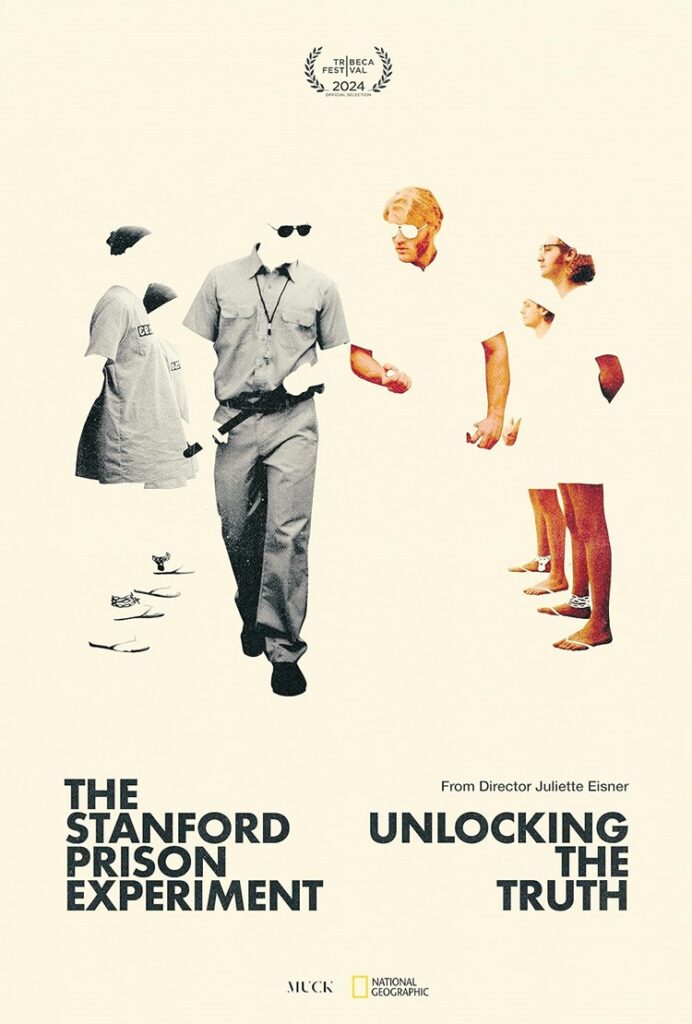
The Stanford Prison Experiment (SPE) was conducted by Dr. Philip Zimbardo at Stanford University in August 1971. It was intended to be a two-week “psychological study of prison life” upon volunteers who were divided into guards and prisoners. The study found that the power dynamic corrupted the guards, who abused their authority and psychologically tortured the prisoners.
Buy Investigating the Stanford Prison Experiment: History of a Lie bookFor decades, Zimbardo had been considered an authority in this field, appearing on talk shows like Donahue; writing books, including The Lucifer Effect: Understanding How Good People Turn Evil, which included Zimbardo’s account of the SPE; and speaking as an expert witness, such as when he testified on behalf of American soldiers charged in the Abu Ghraib prisoner abuse case. But what if the experiment was flawed from the start and the results tainted?
Juliette Eisner’s The Stanford Prison Experiment: Unlocking the Truth tells a more complete version of the events. Modern-day interviews of those hired as prisoners and guards, assigned after being given personality tests, speak about their experiences, some publicly for the first time. The participants were told it was an experiment regarding how people deal with captivity.
The guards were to maintain law and order, and not let the prisoners escape. Dave, dubbed “John Wayne,” took it upon himself to make the prisoners do humiliating drills and became the lead guard. Chuck had been a smaller kid and being a guard was the first time he felt power. Doug was a prisoner and led a rebellion. He was locked in a closet and seemed to crack. Took a while for them to believe Doug was suffering and then they let him go after three days, but he was acting to get out of there. On Day Four, Clay was brought in as a new prisoner. He was not traumatized like the others who had been subdued and didn’t like the abuse. He started a hunger strike, but the guards got the prisoners to turn on him. After Zimbardo’s girlfriend, Christina Maslach, saw what was happening, she couldn’t believe how terrible the abuse was, and got Zimbardo to end the experiment after six days.
Author/researcher Thibault Le Texier says the official SPE narrative is a lie. He began to look through the archive, contacted the subjects, and debunked it. Zimbardo claimed that the guards made the rules, but the rules were given to the guards by Zimbardo, as were the punishments. And the guards didn’t know their were also being studied. They thought they were performing as actors. In addition to Le Texier, Stephen Reicher, Professor of Social Psychology at the University of St. Andrews, was contacted in 1999 by the BBC who wanted to revisit the SPE. Reicher found that Zimbardo’s leadership impacted the negative actions of everyone involved.
The Stanford Prison Experiment: Unlocking the Truth does a great service exposing Zimbardo and his work. It’s surprising how easy it was to determine the results were tainted yet also scary that so many for so long just accepted them as fact. Deference to presumed authority is deserving of its own study or documentary.